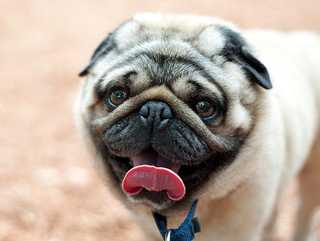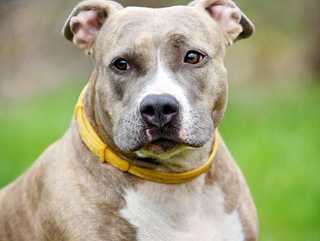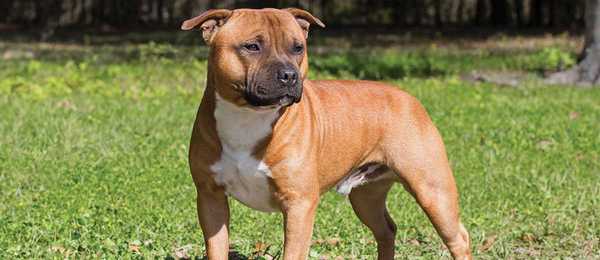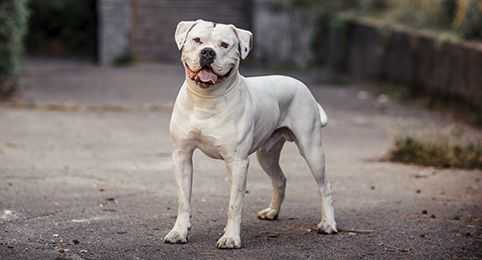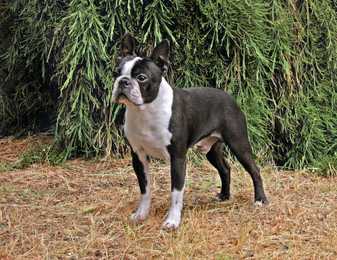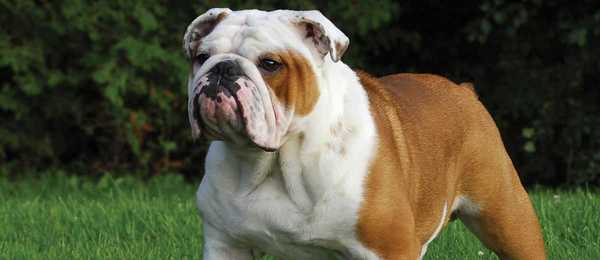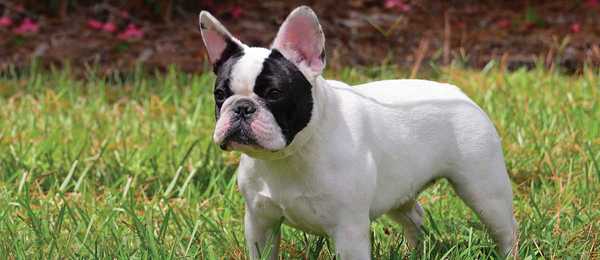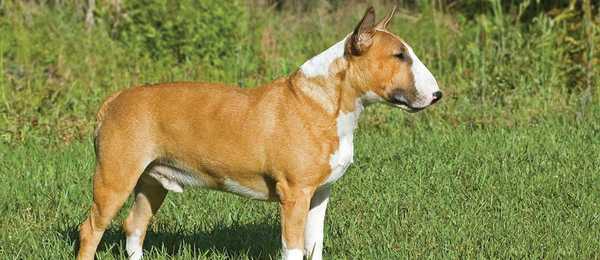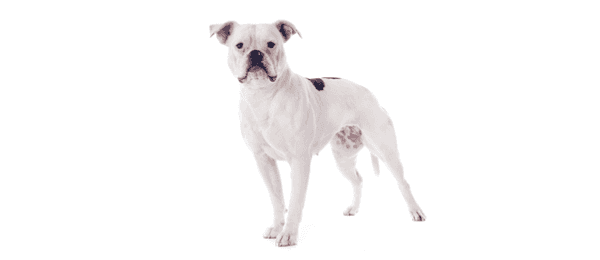
American Bulldog Dogs & Puppies
View Adoptable Pets for This Breed

Traits and Characteristics
type
weight
height
family
An energetic, active working dog, the American Bulldog exudes a dominant, powerful and athletic appearance, with strong muscles and substantial boning. He is recognized for his strength, courage and working abilities, whether guarding property or driving livestock.
Ready to see what dogs fit you best? Take our short quiz to find out!
Energy Level
Exercise Requirements
Playfulness
Affection Level
Friendliness to Dogs
Friendliness to Other Pets
Friendliness to Strangers
Watchfulness
Ease of Training
Grooming Requirements
Heat Sensitivity
Vocality
Disclaimer: While the characteristics mentioned here may frequently represent this breed, dogs are individuals whose personalities and appearances will vary. Please consult the adoption organization for details on a specific pet.
Temperament
The American Bulldog is an agile, confident and loyal protector for his human family, as well as of personal property. He is a gentle, affectionate and loving companion, albeit fearless and ready to strike should any intruder cross his path. An energetic, active working dog, the American Bulldog exudes a dominant, powerful and athletic appearance, with strong muscles and substantial boning. He gets along well with young children, as well as dogs and other pets so long as he was raised with them from the start. The American Bulldog does not do well when left alone for prolonged periods of time. With proper socialization, training and regular exercise, the American Bulldog is a true companion and excellent watchdog.
Upkeep
Because of his working past, the American Bulldog is quite familiar with being outdoors, but like most dogs, he thrives on living indoors with his owner. As such, he should be frequently exercised with plenty of engaging activity to burn off energy and combat boredom, avoiding consequential destructive behavior. Otherwise, the American Bulldog is a relatively low-maintenance breed, requiring not much else than mopping up his regular drool and slobber and minimal grooming for his short, fine coat.
Health
- Major Concerns: Neuronal ceroid lipofuscinosis (a disorder of the nervous system that causes swelling and changes in the retinal cells) and kidney and/or thyroid disorders
- Minor Concerns: Cherry eye
- Occasionally Seen: Bone cancer
- Suggested Tests: Hips and elbows
- Lifespan: 10 to 15 years
History
Originating in England, the general bulldog type began as a working dog that drove cattle and guarded his master’s property. Known for his strength, courage and ease around livestock, the breed began being used for bull baiting before it was outlawed in England. Consequently following the ban, the breed was replaced with the less athletic, shorter and stockier English Bulldog.
Meanwhile, the original bulldog type was preserved by working class immigrants, who brought them on their journey to America to use as all-around working dogs on farms and ranches in the South. The breed nearly became extinct after World War II, but a returning war veteran named John D. Johnson worked to revive the breed alongside Alan Scott and other breeders. From here came the Johnson and Scott types — the former being the “standard” (a sleek, athletic dog built for performance) and the latter being referred to as the “bully” (a bulkier, heavier dog with more muscle mass). Despite these differences, Johnson and Scott maintained the breed’s overall health and working abilities. Today, the modern American Bulldog as we know it remains a well-rounded working dog, courageous guard dog and faithful family companion. The United Kennel Club recognized the American Bulldog in 1999.
